Dental crown on a pin
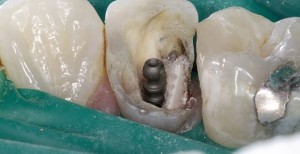
Tooth decay can occur for a variety of reasons.
You can fill the root canals and, thus, slightly extend the existence of teeth.
With the help of modern techniques, modern dentistry not only prolongs functionality, but also restores the aesthetics of the dentition for decades.
Even if there is almost nothing left of the tooth, you should not immediately remove it. A restored tooth is still better than an implant or a bridge.
One way to restore a decayed tooth is to install a pin.
The following types of tooth restoration with pins are distinguished:
- The seal on the pin. It is used if the destruction of the crown does not exceed one third of its volume.
- If the tooth is half damaged, then it is advisable to restore it with a stump insert (pin tooth).
- In case of decay of more than 50% of the tooth, the tooth crown on the pin gets an advantage.
Restoring teeth with a crown on pins has certain pros and cons.
Benefits
- Under the crown, caries does not develop.
- Since the crown is fixed hermetically, saliva and microorganisms do not penetrate under it.
- Crowns made of quality material do not change color over time, are strong enough and aesthetic.
- If a crown of biocompatible material is installed, then it does not oxidize and does not have a destructive effect on the tissue.
disadvantages
- If the design is made of inexpensive alloys, then over time it oxidizes and irritates the surrounding tissues.
- The crown is stiffer than tooth tissue, which can have an adverse effect on antagonist teeth.
- Dental construction - a foreign body that leads to a shift in the edge of the gums.
Tooth restoration crown
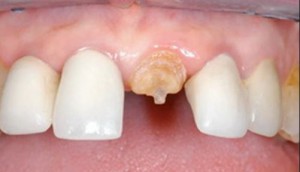
Restoring the crown of the tooth with a filling or stump insert cannot guarantee a complete restoration of its functioning.
To cope with this problem allows the restoration of an artificial crown, after fixing which, the tooth becomes resistant to stress.
Crowns from modern materials recreate the structure and shade of real teeth with a high degree of naturalness.
Crowns on the teeth on the pins are installed when the tooth is more than half destroyed.
The pin is a thin rod that is inserted into the root canal and fixed there. This design serves as the future support for the crown.
Pins are:

- Metal or anchor. They are made of an alloy of palladium with gold or titanium. They are fixed in the root canal of the tooth using thread and cement.
- Fiberglass pins are lightweight, transparent, but quite durable designs. They are highly biocompatible with tooth tissues.
Since metal pins can be noticeable against the background of tissue of an artificial tooth, restoration of the anterior group of teeth is carried out using a fiberglass pin.
Dentists who have restored the tooth with the help of a pin recommend reinforcing with a crown, because if this is not done, then it cannot be a question of its long service life.
Photo: before and after
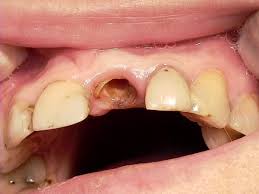 |
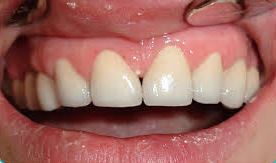 |
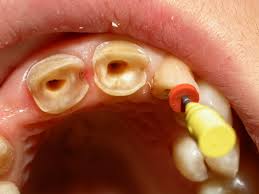 |
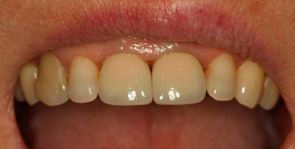 |
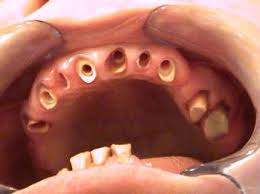 |
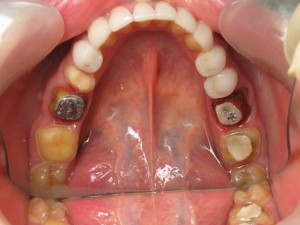 |